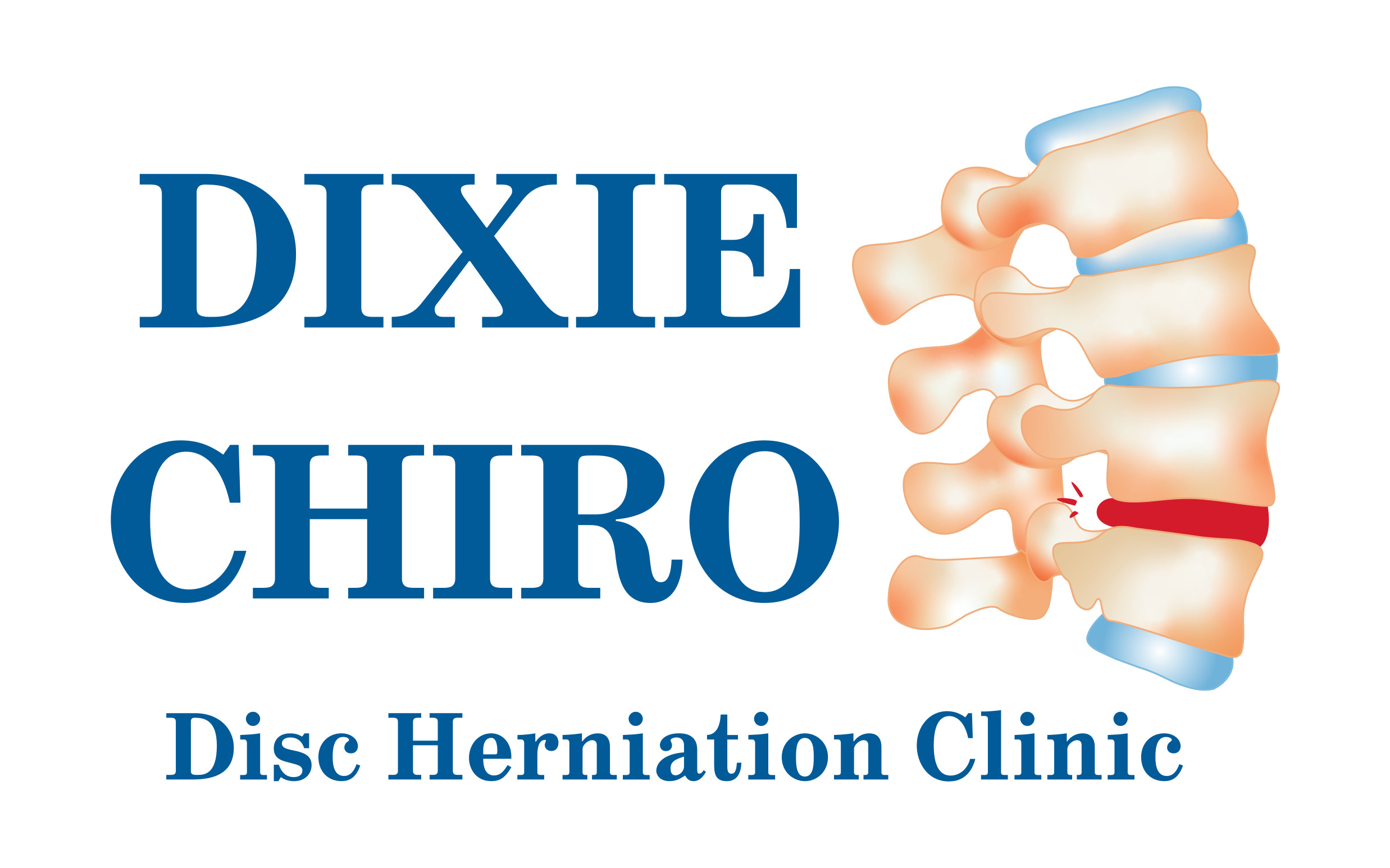Every year, millions of teenagers across the country participate in high school sports. Injuries can be a major disappointment for the teen, the family, and the coaches. Pressure to play can lead to erroneous decisions that may lead to additional injury with long-term effects. High school sports injuries can lead to problems that may plague an individual for the rest of their life. Arthritis, degenerative changes, and ligament laxity are just a few.
When a sports injury occurs, it is important to seek proper treatment to ensure the best possible recovery.
Many athletic injuries can be prevented through proper conditioning and training. A few of the key factors to consider are the three T’s:
- Type
- Timing
- Technique
Type:
An athlete needs to consider ‘sport-specific training’ in order to prevent injury and improve their performance. For some obvious reasons, a football lineman wouldn’t make his pre-season training a cardio-endurance workout. Instead, he would focus more on highly explosive power and agility exercises. Conversely, a cross-country runner wouldn’t make dead-lifts and squat strength a primary focus in his regime, but would focus more on cardiovascular endurance and speed.
Different sports require a myriad of varying exercises. The choices should encompass the types and frequency of movements required during competition. For instance, a basketball player sprints forward, backward, and obliquely with lateral shuffling or cutting. He/she jumps off of one or both legs, does deep bends, high reaches, throws, etc. All of which need to have some explosive speed and flexibility to perform efficiently, but at the same time have cardiovascular endurance to recover quickly. The training should focus primarily on flexibility, agility, and speed, and secondarily on cardiovascular endurance. Sheer brute strength would rank least on the priority list.
An athlete should consider all the movements required in play, and consider exercises to compliment those movements. Coaches and trainers are a great asset in considering the types of exercises necessary to enhance your performance.
Timing:
Training for your sport doesn’t begin the day official practices start. Regular conditioning that begins prior to the formal sports season is another way to prevent injury. Athletes who are out of shape at the start of the season have a higher risk of injury. The pre-season conditioning should follow the sport-specific training guidelines mentioned above with some actually playing/or performing of your sport at a lower intensity and even just for fun. As the season approaches, athletes should gradually increase their intensity to build back up to a higher fitness level. Athletes should pay particular attention to the technique used in performing their sport and avoid bad habits regarding their particular activity during these times. Which brings us to the last ‘T’:
Technique:
Proper technique for the sport or position played is paramount in injury prevention. Proper equipment, clothing, and safety gear is essential. When proper techniques are not used, an athlete is at risk for sprains and strains or overuse injury. Again, your coaches and trainers are a good resource for helping you with the technique of your sport and/or training exercises. Also, remember to engage in sufficient warm-ups and stretching prior to intense training.
To minimize the risk of an overuse injury, an athlete should cross-train. Limiting yourself to only one sport increases the likelihood of overuse injuries. Therefore, participate in other activities regularly. Even with proper technique, an athlete who engages in only one sport is at higher risk. The epitome of this is a shot-putter, golfer, or baseball player (unless you’re a switch-hitter) because the primary motion is unilateral or one-sided.
The same way that some athletes are more prone to injury because of the type of sport they engage in, others are prone because of imbalances between strength and flexibility around certain joints. Posture, body alignment and growth factors make young athletes more susceptible to injuries.
Plenty of sleep, good nutrition, proper warm-ups and stretching, coupled with the three ‘T’s above will help minimize your risk of injury.


Recent Comments